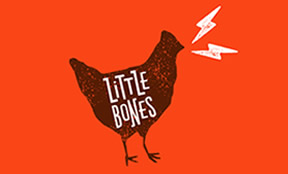
There are numerous ways restaurant operators and building managers can prevent fire hazards from breaking out in their facility. For instance, all commercial kitchens must have a proper fire suppression system that helps to stop fire breakouts from getting out of hand. All buildings require fire extinguishers and emergency light units. Installing life safety equipment is just the first important step to guarantee protection. The next crucial step is to ensure that they are regularly inspected and maintained.
Inspections are done for 3 important reasons
- To ensure the system is in good working order
- To prevent any undesired discharges that may result in property damage and losses.
- To avoid hefty fines and costly losses by making sure the system is up to code or passes the insurance audit.
How Often Should You Have Your Extinguishers & Emergency Lighting Inspected?
NFPA 10 & NFPA 101 says you must complete fire extinguisher & emergency lighting inspections every twelve(12) months by a licensed fire protection companies.
How Often Should You Have Restaurant Fire Suppression System Inspections?
NFPA 96 says you must complete restaurant kitchen hood fire suppression system inspections every six months by a licensed fire protection companies. Therefore, twice a year, certified fire safety professionals must ensure if there is a fire in your commercial kitchen, your suppression system will activate, put the fire out, and shut off the gas line or electric running to the equipment.
What Happens During a Kitchen Hood Fire Suppression System Inspection?
A certified technicial will perform a complete fire suppression system inspection, provide service and resolve any deficiencies.
Services to expect
- Extinguishing agent nozzles are inspection for build-up
- Nozzle caps are replaced
- The pull station is activated to ensure response
- All pressure gauges are inspected for the correct PSI
- Gas shut off valve and microswitch are tested
- Ensure all fans are blowing
- Cut the fusible links to perform a mock simulation of excessive heat
- Install and provide new links that are stamped with date for the local authority having jurisdiction
- Ensure gas shuts off upon activation
- Provide a certificate of inspection for the local fire authority
- Tag the system demonstrating the service was performed by a certified technician
- A commercial kitchen report will be left on-site

